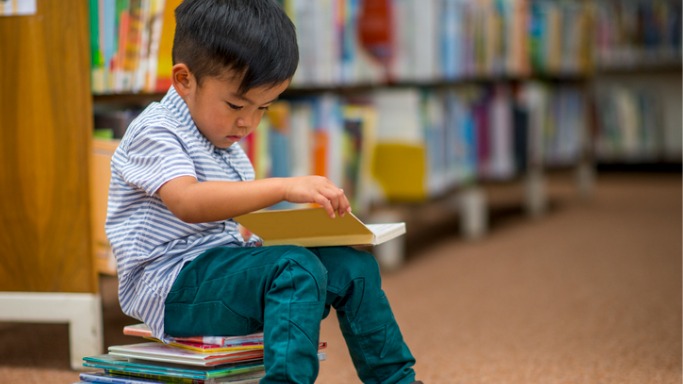Let’s get one thing straight about Banned Books Week: there are no banned books in America. The American government does not prohibit the publishing or importing of books as Czarist or Communist Russia did. Books sexualizing children are not burned in a pyre in front of gender clinics — instead, pornographic books for kids are meticulously collected for displays in school libraries and promoted by the American Library Association’s “Banned Books Week.”
In America, “banned” books are celebrated, commissioned, and distributed on the manufactured outrage that they are “banned.” It’s like having a party every day to protest how you’re never allowed to have parties. Banned Books Week is a marketing campaign pretending to be a protest, and this year they are marketing to groomers. When nine out of the Top Ten Most Challenged Books are “considered to be sexually explicit” or “considered to have sexually explicit images,” Banned Books Week looks a lot more like Porn For Kids Week. Even The Boston Globe rewrote an article after it falsely stated that I called to ban books.
The most challenged book, Gender Queer, is a graphic comic book-style autobiography by Maia Kobabe containing cartoon images of children performing oral sex, numerous penises, pedophilia, masturbation while driving, and “bonding with friends over erotic gay fanfiction.” Although these images sound objectively sexually explicit, the ALA still pouts that these images are merely “considered” to be sexually explicit, presumably by pesky parents protecting their children from the trauma of pornography.
According to the ALA, libraries make “informed choices” about which books to include in (or exclude from) their collections by using a selection criteria that includes “appropriateness to the age and level of the user.” Books in school libraries should “be appropriate for the subject area and for the age, emotional development, ability level, learning styles, and social, emotional, and intellectual development of the students for whom the materials are selected.”
The reading age for Gender Queer is “18 years and up.”
One must ask the ALA: if pictures of children performing sex acts in adult books are appropriate for children in school libraries, is there any book that isn’t appropriate? Saturating pornography in diversity does not sanitize pornography for children’s eyes.
The very existence of ALA’s selection criteria concedes that some books should not be included in school libraries. Selection is not censorship. But who gets to select the books? Banned Books Week would have you believe that parents wield unlimited power in selecting books in school libraries because they are the ones accused of “banning” them. This is a lie.
According to Bannedbooks.org, “Banned Books Week brings together the entire book community — librarians, booksellers, publishers, journalists, teachers, and readers of all types — in shared support of the freedom to seek and to express ideas, even those some consider unorthodox or unpopular.”
The key word in that mission statement is “some.” By “some” who consider certain ideas to be unorthodox or unpopular, ALA means anyone objecting to children’s books with pornography, even when that “some” makes up a majority.
Banned Books Week is not about freedom or ideas. It isn’t about government censorship. It’s about power — the power to influence the values and character of a generation and, thereby, an entire country. And that power lies not with parents, but with librarians, education “experts,” and corporations.
Why isn’t Abigail Shrier’s Irreversible Damage featured during Banned Books Week after Target banned it and Amazon suppressed it? Surely the free expression of ideas includes books that raise questions about the mastectomies and castrations of children. I can’t imagine why incoming ALA President, Emily Drabinski, a self-described “Marxist lesbian,” would NOT want to include a book about the medical abuse of children with gender dysphoria in Banned Books Week. Was there a “selection criteria” for the Top Ten Banned Books too?
The actual banned books aren’t part of ALA’s LGBTQ ad campaign. A book is truly banned when the ideas of the book are so suppressed that the majority of society isn’t even aware that these ideas existed before they were suppressed. None of ALA’s top ten books fit that criteria.
Perhaps ALA’s “banned books” represent a legitimate societal objection to the normalization of a certain criminal behavior that merely naming on Twitter gets you banned yourself.
In that sense, no books are banned in America. Just people are. Well, “some” people are banned…and it’s never a librarian.

